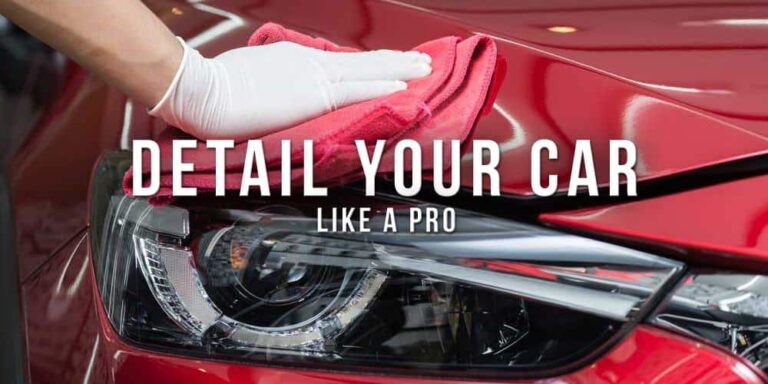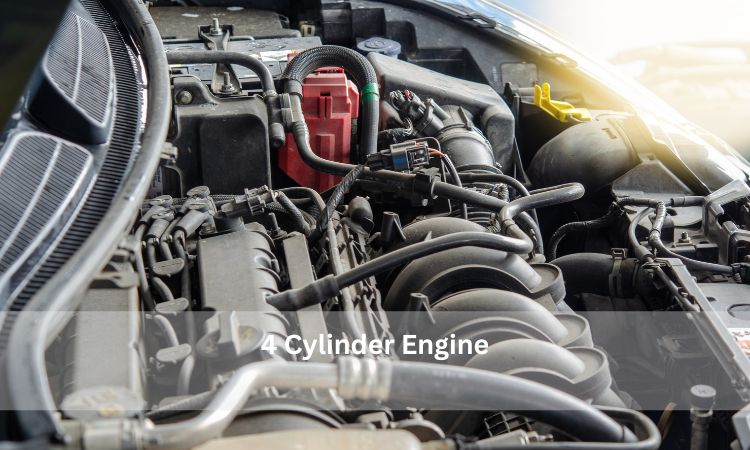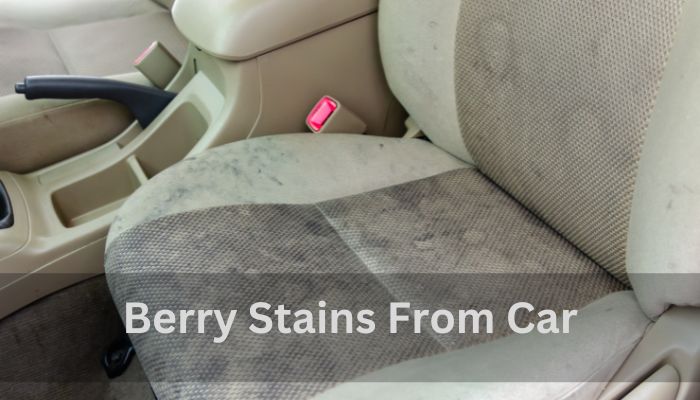How to Bleed the Brakes by Yourself
To bleed the brakes by yourself, start with the furthest wheel from the master cylinder. Use a bleeder kit and follow a specific pattern.
When maintaining your car’s brake system, knowing how to bleed the brakes is a crucial skill. By removing air from the brake lines, you ensure proper brake function and safety while driving. While this task may seem daunting, especially for beginners, with the right tools and steps, you can successfully bleed the brakes on your own.
In this guide, we will walk you through the process of bleeding your brakes efficiently and effectively without the need for professional help. By following these simple instructions, you can ensure your brakes are in top condition and your driving experience is safe and reliable.

Credit: m.youtube.com
Why Bleed The Brakes
Bleeding the brakes is an essential maintenance task that involves removing the air bubbles from the brake lines to ensure optimal braking performance. Over time, air can get trapped in the brake fluid, compromising the system’s efficiency and safety. Regularly bleeding the brakes helps maintain the integrity of the braking system and prevents potential safety hazards on the road.
Benefits Of Bleeding The Brakes
1. Improved Safety: Bleeding the brakes removes air bubbles, ensuring a firm brake pedal feel and responsive stopping power, reducing the risk of accidents.
2. Enhanced Performance: Properly bled brakes optimize the braking system’s efficiency, reducing the stopping distance and increasing overall vehicle control.
3. Extended Component Lifespan: Regular maintenance, including brake bleeding, can prolong the lifespan of brake components, saving on costly repairs down the line.
When To Bleed The Brakes
1. After Brake Service: When replacing brake components such as calipers, hoses, or master cylinder, it’s crucial to bleed the brakes to remove air introduced during the service.
2. Spongy Brake Pedal: If the brake pedal feels soft or spongy, it’s a clear indication of air in the system, and bleeding the brakes is necessary.
3. Scheduled Maintenance: Incorporating brake bleeding into regular maintenance intervals, typically every two years, can help prevent potential issues and ensure optimal brake performance.
Tools And Materials Needed
Brake bleeding is an essential maintenance task that ensures your brake system functions efficiently and keeps you safe on the road. To bleed your brakes effectively, you will need the right tools and materials.
Brake Bleeding Kit
A brake bleeding kit is critical for a successful brake bleeding process. This kit typically includes a brake bleeder tool, clear tubing, and a collection bottle to catch the old brake fluid.
Jack And Jack Stands
Jacks and jack stands are necessary to lift your vehicle off the ground safely. This allows you to access the brake calipers and bleed the brakes effectively. Always ensure your vehicle is securely supported on jack stands.
Wrenches And Pliers
Having the right wrenches and pliers is essential for loosening bleeder valves and removing other components during the brake bleeding process. Make sure you have the correct sizes to fit your vehicle’s brake system.
Preparing The Vehicle
Before bleeding brakes, ensure the vehicle is safely lifted and properly secured.
Lifting The Vehicle
Utilize a floor jack to raise the vehicle off the ground safely and position jack stands beneath the vehicle’s frame securely.
Locating The Brake Bleeder Screws
Identify the brake calipers or wheel cylinders, where the bleeder screws are usually located, typically at the top and back of each.
Bleeding The Brakes
When bleeding the brakes, it is important to ensure that there is no air trapped in the brake lines. This process, while it may seem daunting at first, can be done by yourself with the right tools and a methodical approach. Following the correct steps can help maintain the proper functionality of your braking system and ensure your safety on the road.
Placing The Catch Bottle
Before you begin the bleeding process, position a catch bottle below the brake bleeder valve to collect the brake fluid that is expelled. This will prevent the fluid from spilling onto the ground and causing a mess.
Starting With The Wheel Furthest From The Master Cylinder
It’s crucial to start the bleeding process with the wheel farthest from the master cylinder. This usually means beginning with the right rear wheel for most vehicles. This method helps to push out any trapped air in the brake lines more effectively.
Turning The Bleeder Valve
Next, use a wrench to loosen the bleeder valve but do not completely remove it. Loosening the valve allows the air and old brake fluid to escape. Be cautious not to overtighten or strip the valve, as this could lead to leaks or damage.
Pumping The Brake Pedal
With the catch bottle in place and the bleeder valve open, have a helper gently press the brake pedal three to four times and hold it down. While the pedal is depressed, tighten the bleeder valve. Then, instruct your helper to slowly release the brake pedal. Repeat this process until there are no air bubbles in the brake fluid that is draining into the catch bottle.
Checking And Finalizing
Learn how to bleed the brakes by yourself with these simple steps. Follow these guidelines for a successful process and ensure the safety of your vehicle.
After successfully bleeding the brakes, there are a few crucial steps you need to take to ensure the process is complete and your brakes are functioning properly.
Checking Brake Fluid Level
Firstly, it’s important to check the brake fluid level in the master cylinder reservoir. This reservoir is typically located on the driver’s side near the back of the engine compartment. Remove the cap and visually inspect the fluid level. It should be within the recommended range indicated on the side of the reservoir. If the fluid level is low, carefully add the appropriate type of brake fluid until it reaches the correct level. Be sure not to overfill, as this can cause brake performance issues.
Repeat The Process
Once you’ve checked the fluid level, it’s a good idea to repeat the bleeding process once more to ensure any trapped air bubbles are fully expelled from the brake lines. Start with the wheel furthest away from the master cylinder and work your way towards it, using the same methods outlined in the previous steps. This extra step will help guarantee optimal brake performance.
Testing The Brakes
After you’ve completed the second round of bleeding, it’s time to test the brakes. Start the engine and press the brake pedal a few times to build up pressure in the system. Then, perform a series of gradual stops in a safe area, both at low speeds and higher speeds. Pay close attention to any abnormal noises, vibrations, or changes in pedal feel. If everything feels and sounds normal, you can consider the brake bleeding process successful. However, if you notice any unusual behavior, it’s crucial to revisit the bleeding process or seek professional assistance to address the issue.
By following these final steps of checking the brake fluid level, repeating the bleeding process, and testing the brakes, you can ensure the brakes are properly bled and in optimal working condition.

Credit: m.youtube.com

Credit: blog.1aauto.com
Frequently Asked Questions For How To Bleed The Brakes By Yourself
How Do You Get Air Out Of Your Brakes Without Bleeding?
To get air out of your brakes without bleeding, you can use a vacuum pump to remove the air from the brake lines. This method is quick and simple, allowing you to restore proper brake performance.
Can One Person Bleed Brakes?
Yes, one person can bleed brakes by using a brake bleeder kit, following proper steps. It requires some skill and caution.
Do You Bleed Brakes With The Car On Or Off?
You should bleed brakes with the car off, as it’s safer and prevents accidental engagement of the brake pedal.
What Is The Correct Order To Bleed Brakes?
The correct order to bleed brakes is to start with the wheel farthest from the master cylinder, then move to the next farthest, and so on, until you finish with the closest wheel. This ensures that all air is removed from the brake system.
Why Should I Bleed My Brakes Regularly?
Regularly bleeding your brakes helps remove air bubbles, ensuring optimal brake performance and preventing brake failure.
How Often Should I Bleed My Brakes?
Ideally, you should bleed your brakes every 1-2 years or whenever you notice spongy brake pedal or reduced braking power.
What Tools Do I Need To Bleed My Brakes?
You will need a brake bleeder wrench, clear plastic tubing, a catch bottle, a brake bleeder kit, and fresh brake fluid.
Conclusion
In this guide, we’ve covered the step-by-step process for bleeding your brakes independently. By following these simple instructions, you can ensure the functionality and safety of your vehicle. Regular brake maintenance is crucial for optimal performance, and with these techniques, you can confidently tackle this task on your own.
Keep your brakes in top shape and drive with peace of mind.



